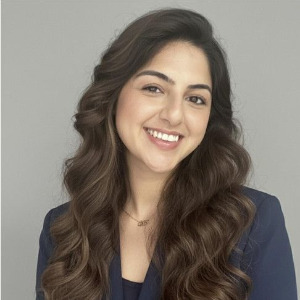Antiviral Responses
The human body employs a sophisticated defense mechanism to combat viral infections through innate antiviral responses. Upon encountering a viral threat, various cell types, such as dendritic cells and macrophages, play pivotal roles in recognizing and initiating the immune response. Pattern recognition receptors (PRRs) on these cells detect conserved molecular patterns associated with viruses, triggering the release of interferons. Interferons are key signaling proteins that act as messengers, signaling neighboring cells to fortify their defenses. This cascade of events activates antiviral genes, leading to the production of proteins with potent antiviral properties, such as protein kinase R (PKR) and RNase L. Additionally, natural killer (NK) cells contribute to the innate response by identifying and eliminating virus-infected cells. This collaborative effort forms the first line of defense, curbing viral replication and spread before adaptive immunity takes over.

Francis J Castellino
University of Notre Dame, United States
Ranjan Ramasamy
ID-FISH Technology, United States
Saurabh Chattopadhyay
University of Kentucky College of Medicine, United States
Rico Leonardo Lizbinski
Northern Light Health, United States
Sasha Leibholz
New York Presbyterian Columbia/Cornell, United States
Lauren Gruffi
New York Presbyterian Columbia/Cornell, United States



Title : Pathogen-derived noncanonical epitopes: Are they valuable targets for novel vaccinations and shall we be concerned about autoimmune responses?
Michele Mishto, Francis Crick Institute, United Kingdom
Title : Bioterrorism through the ages: Historical perspective, emerging threats, and medical countermeasures
Claudia Ferreira, Sorbonne University, France
Title : Changing population immunity to COVID-19 in the context of infection, vaccination, and emerging SARS-CoV-2 variants
Ranjan Ramasamy, ID-FISH Technology, United States
Title : Extensively drug-resistant bacterial infections: Confronting a global crisis with urgent solutions in prevention, surveillance, and treatment
Yazdan Mirzanejad, University of British Columbia, Canada
Title : Measles vaccination coverage indicators in 2023 and advance towards measles elimination and eradication by 2030
Pedro Plans Rubio, College of Physicians of Barcelona, Spain
Title : Severe influenza and other related respiratory infection cases during Omicron era in Japan
Masafumi Seki, Saitama Medical University International Medical Center, Japan